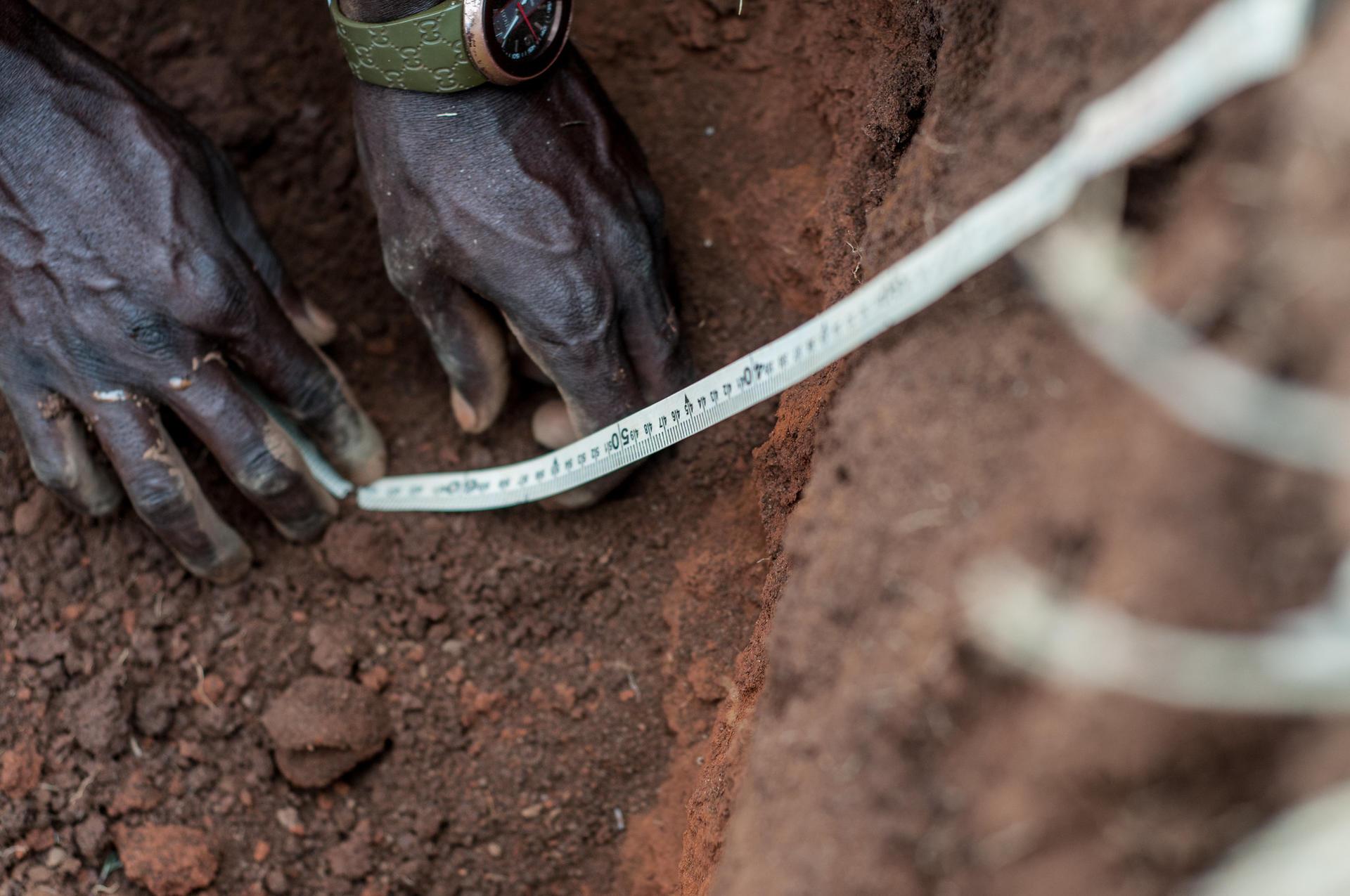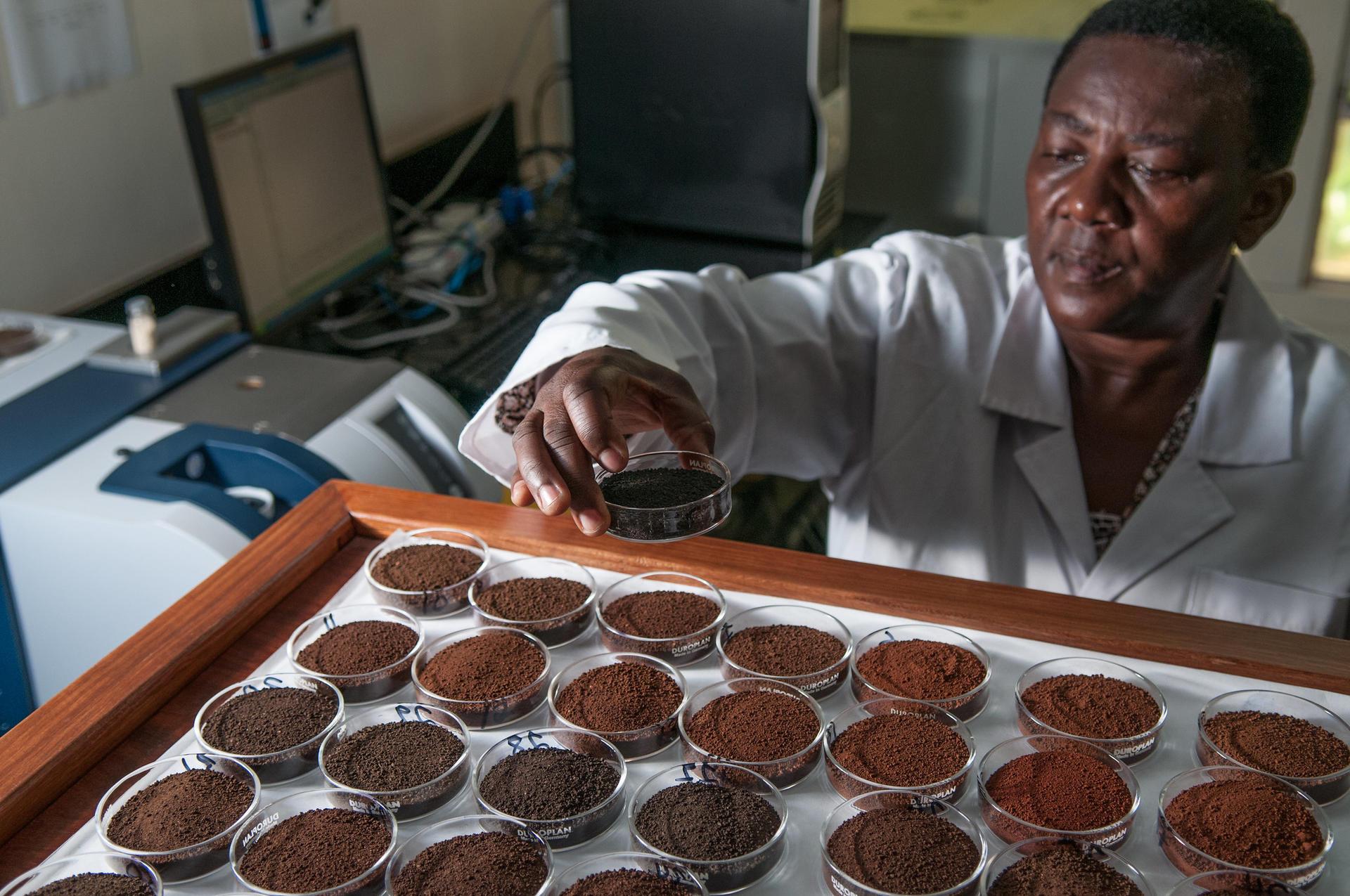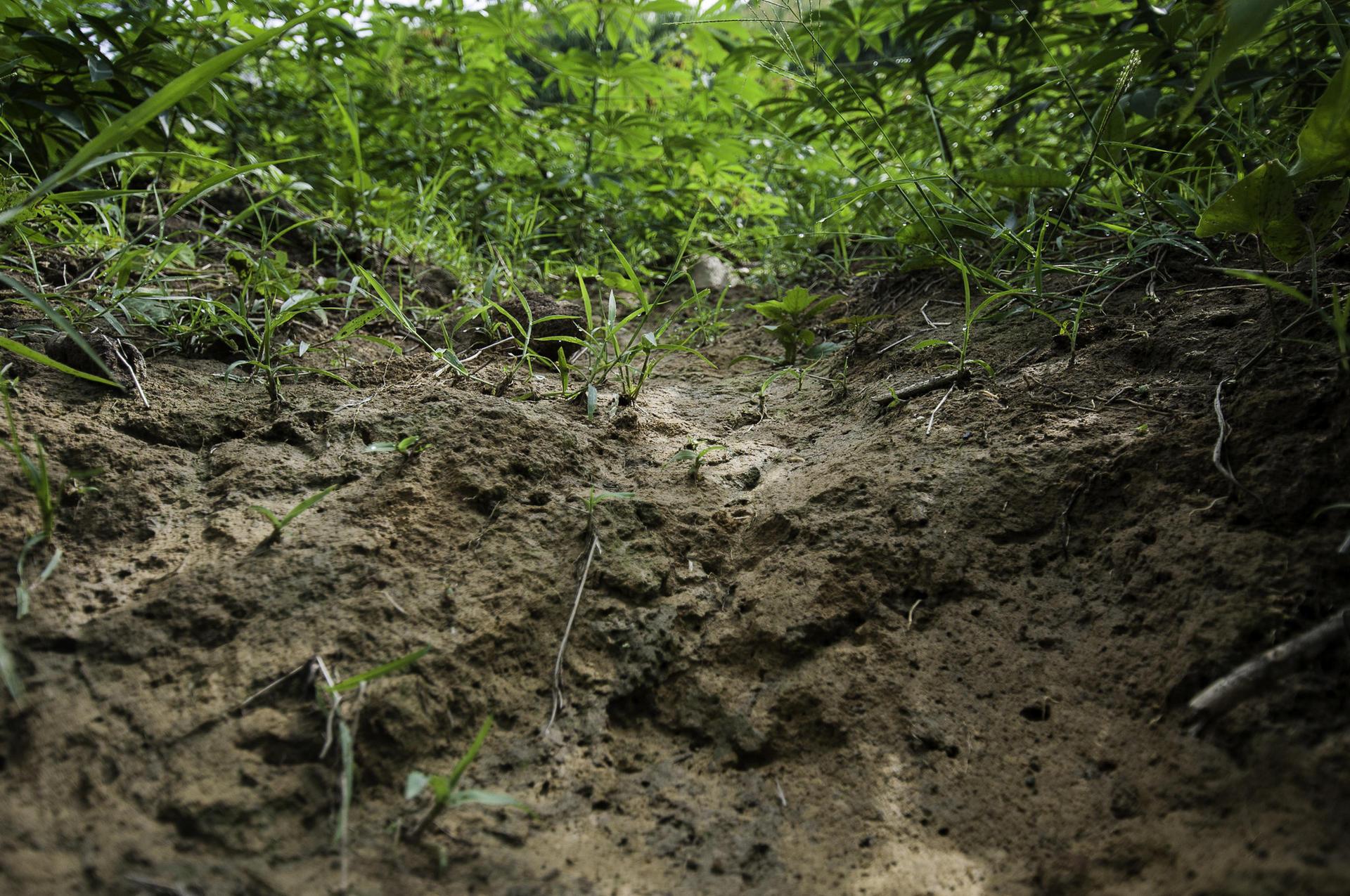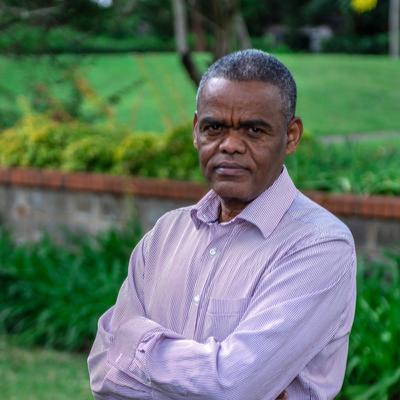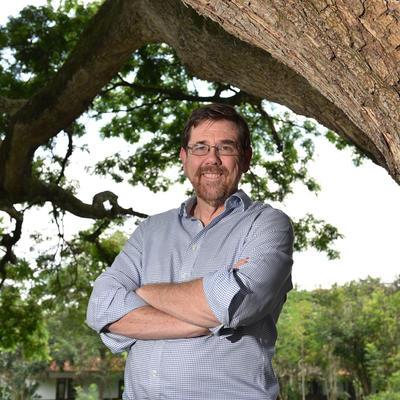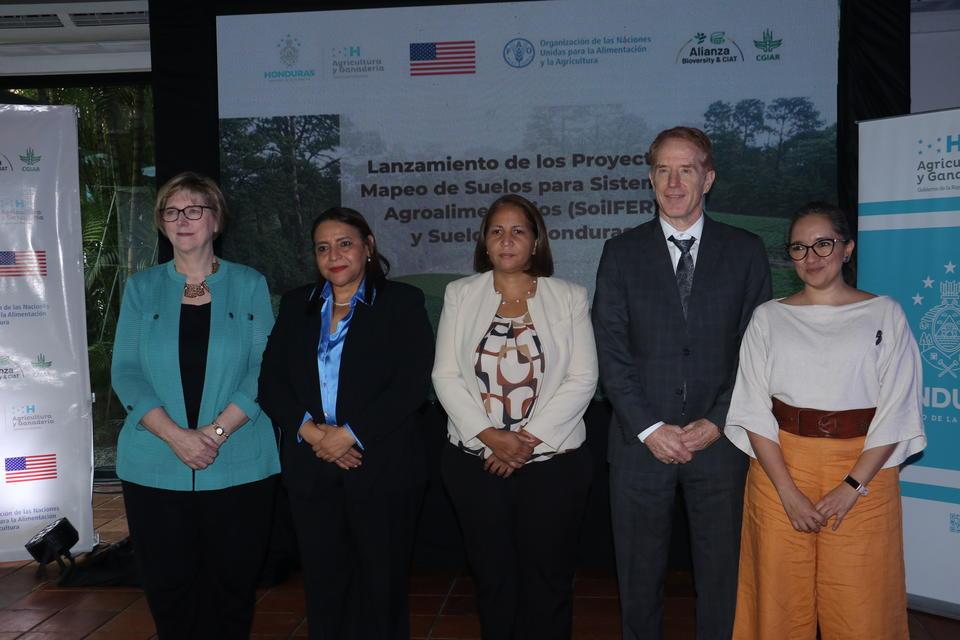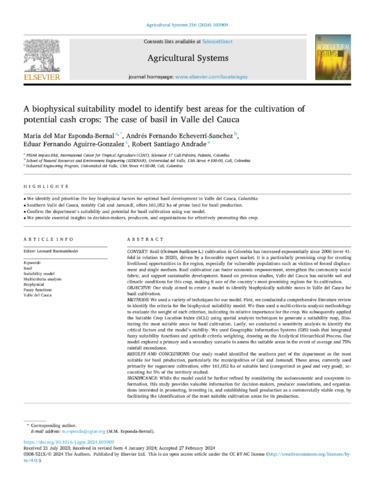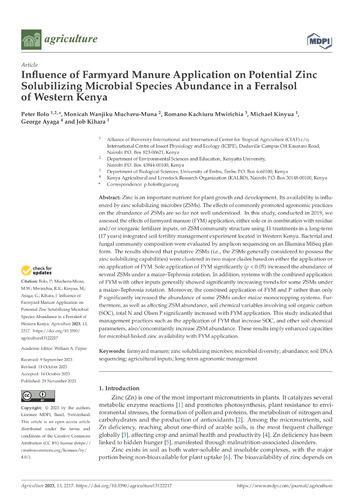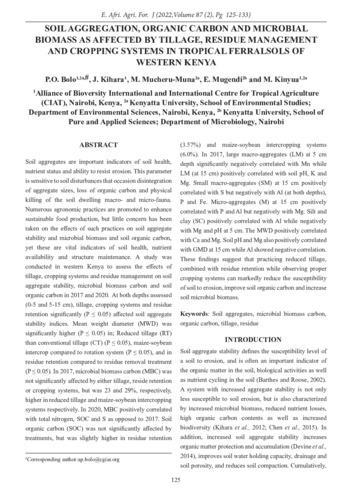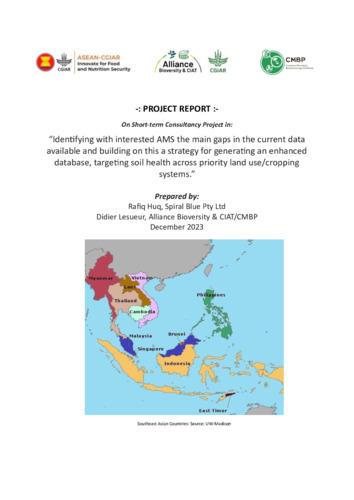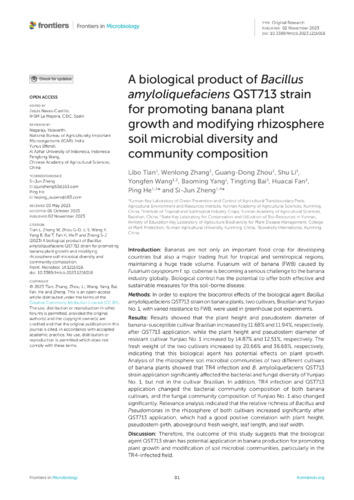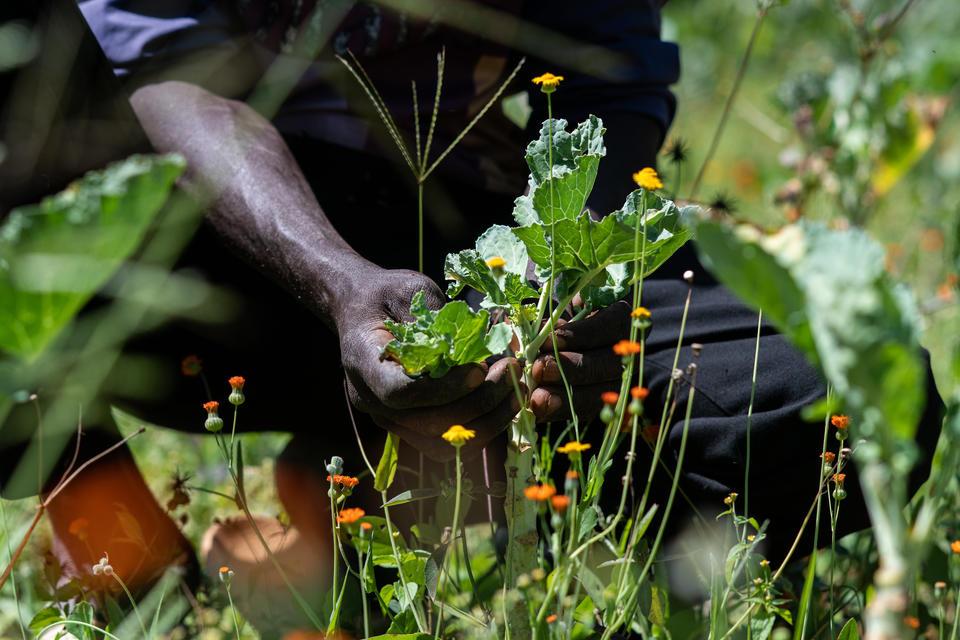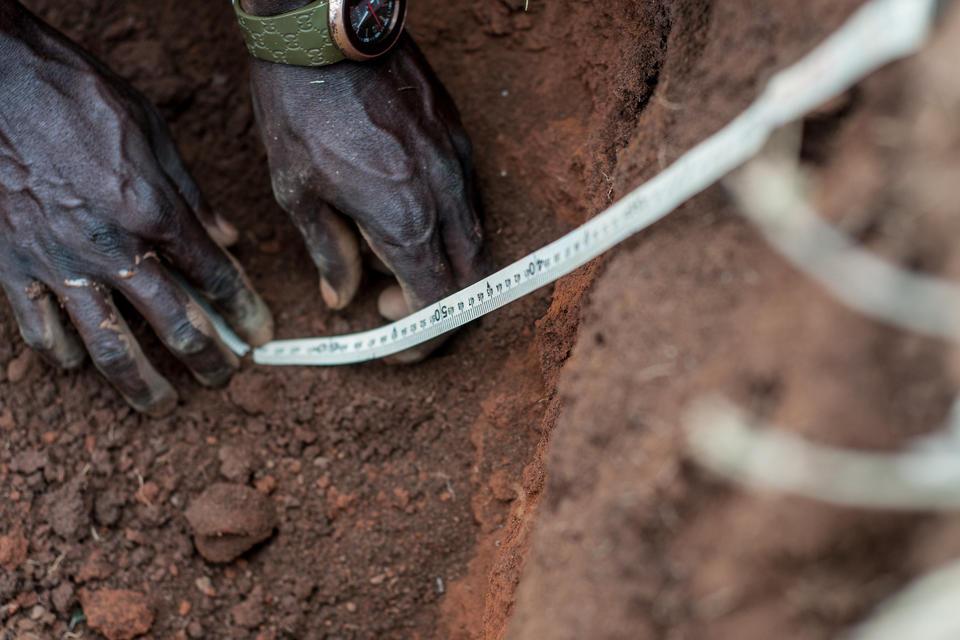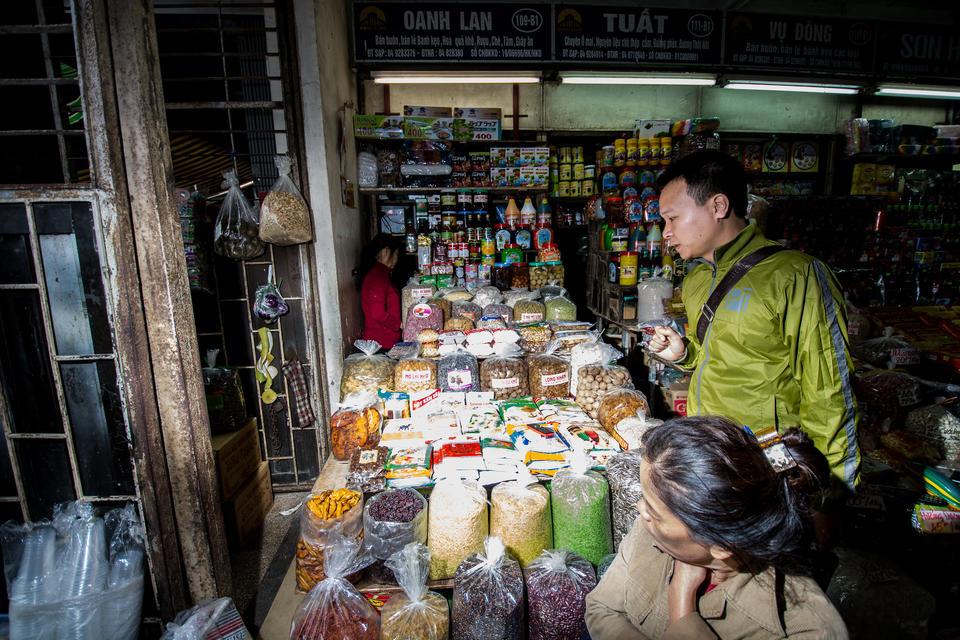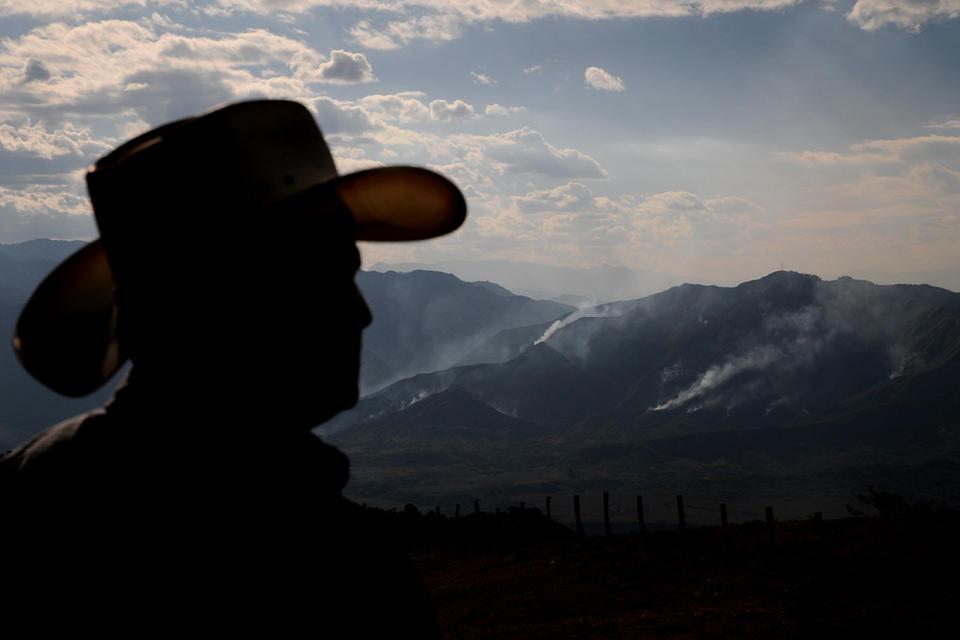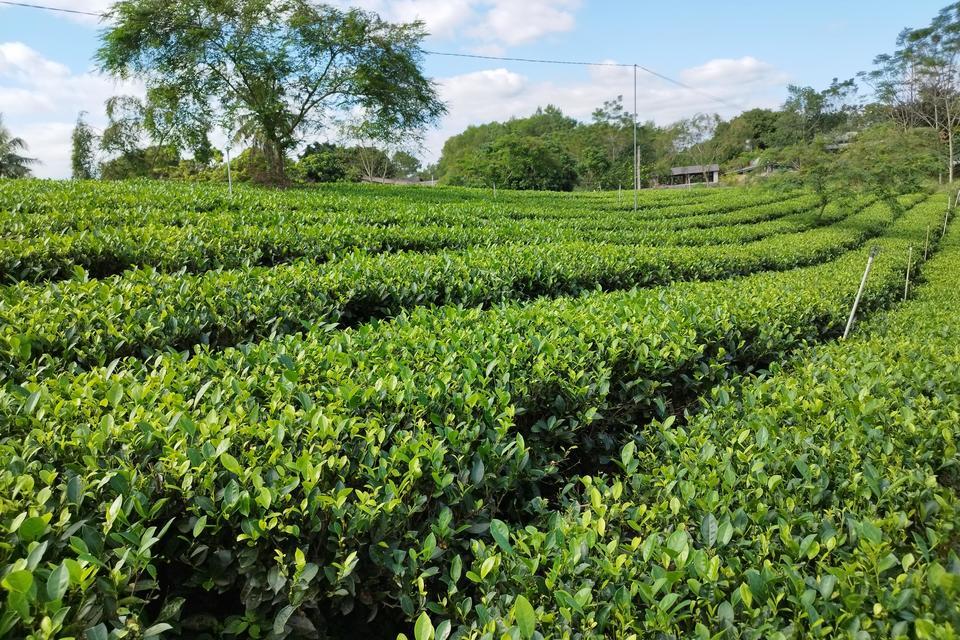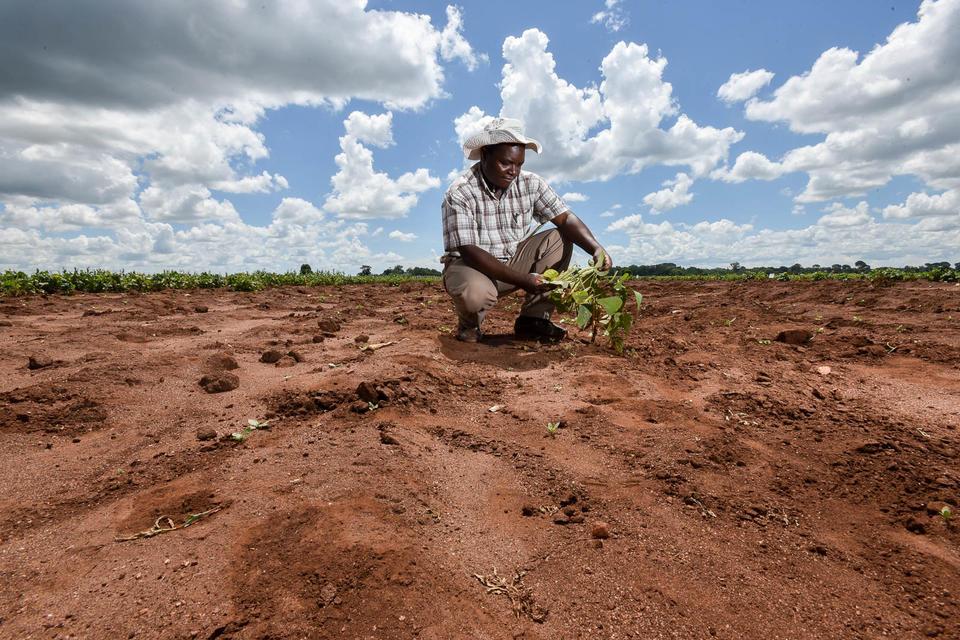
Agri-food systems start with soil
Soil is alive. The healthier soil is, the better it can sustain plant, animal, and human life.
Soil health is defined by soil’s continued capacity to act as a vital living system within ecosystem and land-use boundaries.
While soil management historically focused on nutrient and water provision for crop production, we now recognize how soil regulates water, provides habitats, cycles nutrients, manages pathogens, reduces pollutants, and sequesters carbon.
Unfortunately, soil’s ability to deliver these benefits has been severely compromised, with 30-60% of agricultural land currently suffering from soil degradation.
Enhancing soil health is one of the key goals of regenerative agriculture and agroecology. It has major implications for climate-smart agri-food systems.
Measuring soil health
As businesses and decisionmakers see soil health as an essential part of more sustainable agriculture, science-based approaches to address the complexity of soils and its interactions within ecosystems for restoration and monitoring are increasingly important. Multiple indicators need to be considered that represent ecological processes and are site-specific. Better understanding the diversity of soil’s biological, chemical, and physical properties helps farmers adopt relevant approaches to nurture soil health and deliver ecosystem services.

